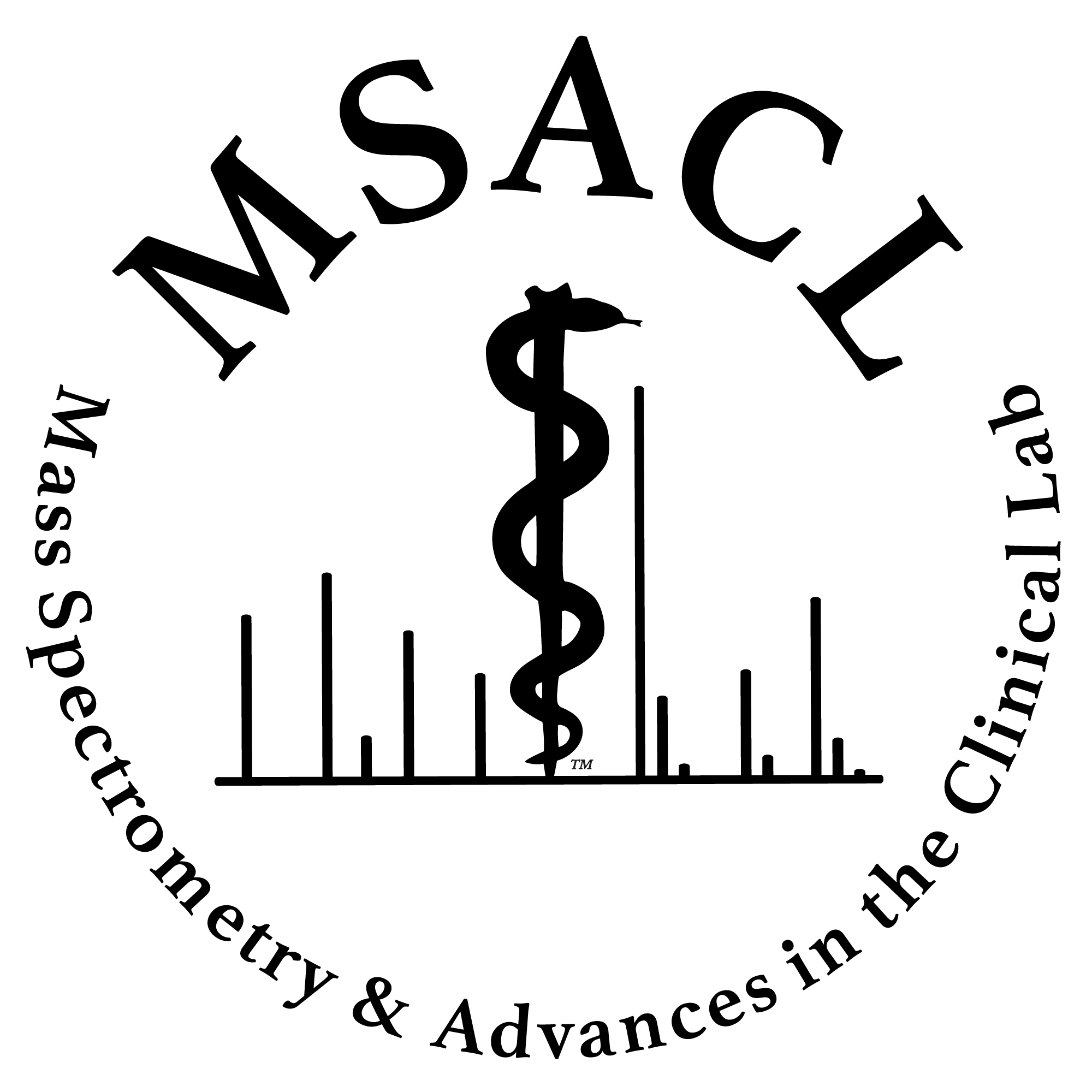|
Abstract Introduction: Best practices of enzymatic hydrolysis methods are necessary to ensure the robustness of LC-MS/MS assays for clinical drug testing. Many drugs such as opioids, benzodiazepines, cannabinoids, and TCAs go through extensive phase II metabolism to produce conjugated metabolites, as these more polar compounds are easier for the body to excrete. Enzymatic hydrolysis is routinely used in drug testing labs to convert these metabolites back to their parent compounds for analysis by mass spectrometry. Enzymatic hydrolysis is a crucial step in sample prep that requires careful optimization for reliable, accurate results, and it is recommended to follow the suggested protocols set forth by the enzyme manufacturer. B-OneⓇ is an “all-in-one” formula of recombinant beta-glucuronidase and its buffer. It is effective at hydrolyzing conjugated compounds at room temperature in minutes without supplemental buffering, increasing the efficiency of drug testing methods.
Objective: Our main objective is to demonstrate under a real study how to apply best practices while evaluating B-One’s performance with multiple glucuronide analytes when exposed to competitive hydrolysis conditions. The goal is to test the enzyme under “realistic” conditions as this is more representative of a comprehensive panel with opioids in a production lab. Quantitative analysis was performed by LC-MS/MS.
Materials and Methods: A comprehensive drug panel that includes the following glucuronide standards; amitriptyline, buprenorphine, carboxy-THC, codeine-6, hydromorphone, morphine-3, naloxone, norbuprenorphine, oxazepam, oxymorphone, and tapentadol were prepared at low (500 ng/mL), medium (5,000 ng/mL), and high (20,000 ng/mL) concentrations in human drug-free urine samples. Acetaminophen-glucuronide (100,000 ng/mL) was added as an enzyme competition substrate to each sample. NGX custom standard mixes (calibration & ISTD) along with glucuronides were used for this study. Then, a hydrolysis method was performed following the enzyme manufacturer`s instructions (B-OneⓇ from Finden by Kura Biotech). Samples were followed by a clean-up protocol (XTR tips 5 mg HLB from DPX technologies). Finally, samples were diluted with DI water and injected into LC-MS/MS for data analysis.
Results: A quantitative method was used to calculate the recovery of free drugs for each analyte in quadruplicates. Results demonstrated great recovery percentages for each analyte regardless of the substrate competitor present for low, medium, and high concentrations. Also, our enzymatic hydrolysis method performed equally with both hard-to-cleave and easy-to-cleave analytes.
Discussion and Conclusion: B-OneⓇ “All-in-One” room temp hydrolysis solution reaches high percentages of parent drug recovery in 15 minutes, and combined with DPX XTR tips and NGX custom standard mixtures, provides a streamlined protocol for ease of use for a drug comprehensive panel with opioids following best practices suggested here. Additionally, B-OneⓇ demonstrated high substrate specificity when acetaminophen was added to the reaction as an enzymatic competitor. We also summarize the best practices that were utilized in this study that include the importance of the organic content, how to properly prepare glucuronide hydrolysis controls, and how to calculate hydrolysis efficiency.
. |

